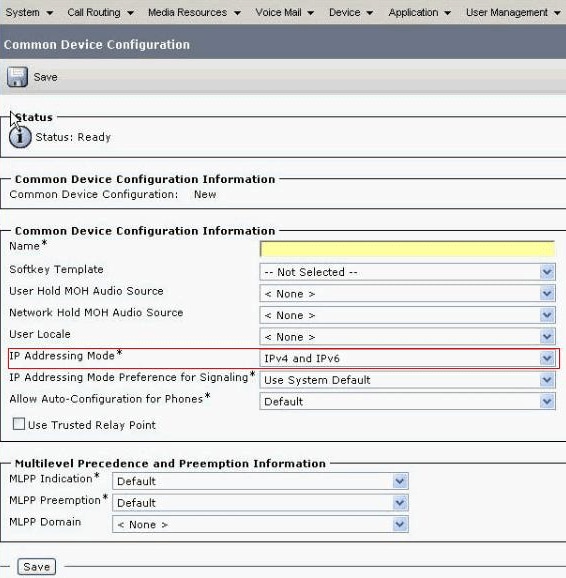

If error occurs, the program may crash and endanger the whole business project.

If you use the Artifact Manager on S3 plugin, or another plugin with a remote atifact manager, you can use this step without affecting controller performance since stashes will be sent directly to S3 from the agent (and similarly for unstash).In programming, as well as any other work or activity, no one is immune from mistakes. There's not a hard stash size limit, but between 5-100 MB you should probably consider alternatives. This is because stashed files are archived in a compressed TAR, and with large files this demands considerable resources on the controller, particularly CPU time. For large data transfers, use the External Workspace Manager plugin, or use an external repository manager such as Nexus or Artifactory. Note that the stash and unstash steps are designed for use with small files. If you want to persist artifacts for use outside of a single run, consider using archiveArtifacts instead. Stashes from one Pipeline run are not available in other runs, other Pipelines, or other jobs. For example, Declarative Pipeline includes a preserveStashes() option to allow stashes from a run to be retained and used if that run is restarted. Other plugins may change this behavior to preserve stashes for longer. By default, stashed files are discarded at the end of a pipeline run. Saves a set of files for later use on any node/workspace in the same Pipeline run. Step([$class: 'Mailer', recipients: other cases, plain try- catch(- finally) blocks may be used:Įcho 'Printed whether above succeeded or failed.' (It may also send mail if this build succeeded but previous ones failed, and so on.) Even in that case, this step can be replaced by the following idiom: In the case of the mail sender, this means that it will send mail. Step([$class: 'Mailer', recipients: the shell step fails, the Pipeline build’s status will be set to failed, so that the subsequent mail step will see that this build is failed. So you must either tolerate these PHP warnings in your program output (may be unacceptable for parser/validator applications), suppress the Warnings somehow, or work around the broken PHP behavior by writing your own parser/validator for URLs. It is also useful when using certain post-build actions (notifiers) originally defined for freestyle projects which pay attention to the result of the ongoing build. Otherwise, consider using plain try- catch(- finally) blocks. This step is most useful when used in Declarative Pipeline or with the options to set the stage result or ignore build interruptions. The behavior of the step when an exception is thrown can be configured to print a message, set a build result other than failure, change the stage result, or ignore certain kinds of exceptions that are used to interrupt the build. If the body throws an exception, mark the build as a failure, but nonetheless continue to execute the Pipeline from the statement following the catchError step. withContext: Use contextual object from internal APIs within a block.



 0 kommentar(er)
0 kommentar(er)
